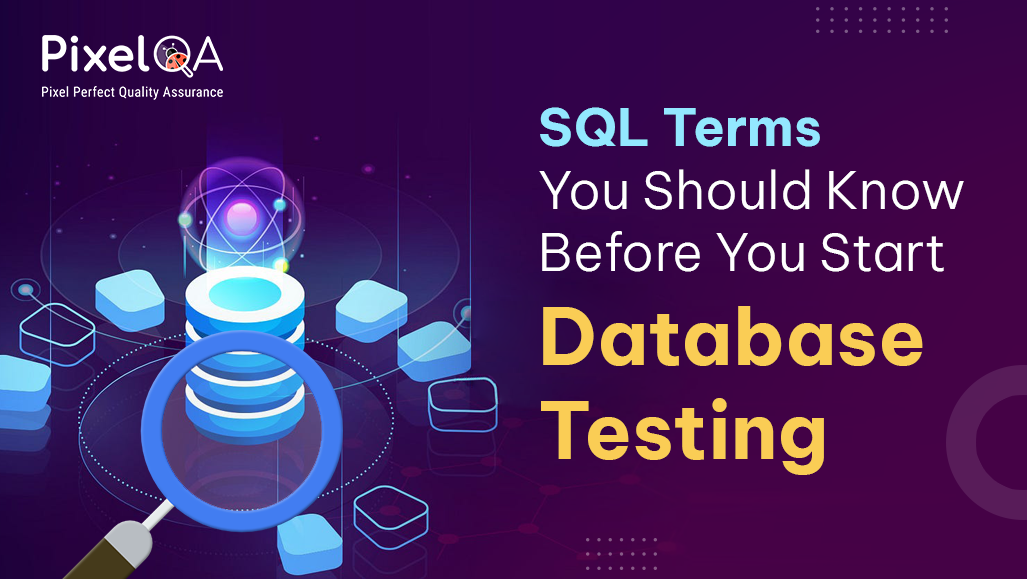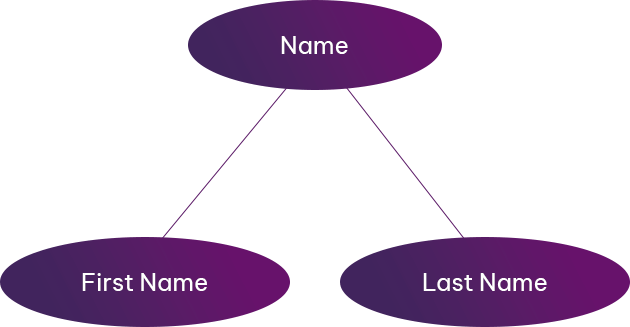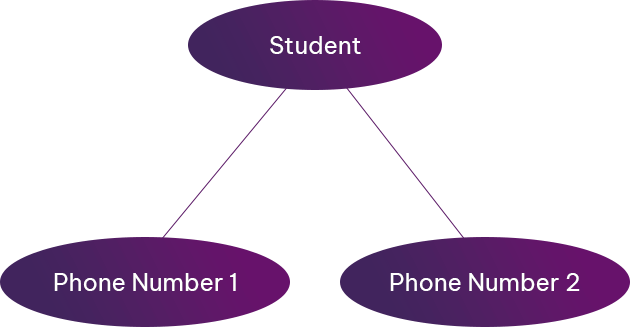
To reach the limits of a good SQL Database Tester, one should have a profound knowledge of the SQL basics. The entry-level knowledge will provide you with a basic and clear understanding of the queries that we are going to use in our day-to-day SQL database manual testing services scenario.
So, let's start with some basic terms that should be known before learning SQL Database Testing.
Table of Contents
- SQL Terms
- SQL
- Relationships
- One to one relationships
- One to many relationship
- Many to one relationships
- Many to many relationships
- Attributes
- Conclusion
SQL Terms:
Database:
A database is a storage system that has a collection of data/ information. The abbreviation used for the Database is DB.
Relational Database:
Relational DB stores the data in the form of a Table that can be easily retrieved, updated, or managed. You can organize data in the Table using columns, rows, and indexes to make it easier to find the relevant information.
Popular Databases:
There are multiple DB(s), but here are some most popular Databases, such as MySQL, Oracle DB, Mongo DB, SQL Server, Cassandra, Postgres SQL.
SQL:
SQL is the language to communicate with the DB. SQL commands help you to store, process, analyze, and manipulate databases.
Features of SQL:
SQL lets you access any data within the RDBMS (Relational Database Management System). SQL is very Fast in retrieving a large amount of data efficiently. SQL is versatile as it works with multiple DB(s). SQL helps you manage DB(s) without coding knowledge.
Application of SQL:
SQL is used to create DB, define its structure, and perform many functions. It's also used to manage the already stored Data. It is a powerful language for entering the information, modifying it, and extracting the data from the DB. It is mainly used as Client/Server-side language to connect the front end with the back end.
Relationships:
There are different kinds of Database Relationships. You need to know before jumping into SQL.
One-to-one relationships:
One to One Relationship has been elaborated as one single element has been linked or assigned to the other single element of another entity.
E.g., One employee can have only one I - card, and one I – card is given to only one person.
One to many relationships:
One to Many Relationships has been defined as one element linked or associated with many other elements of the other entity.
If we take shopping orders as an example, one customer can book many orders, but the particular order has its unique customer.
Many-to-one relationships:
Many to One relationships can be defined as "Many elements of one entity have been attached or linked to only a single element of the other".
Taking the example of an education course would be an excellent fit for this relationship. As many students with the same name have the Roll No's, but the unique Roll No's have been assigned to only one student.
Many to many relationships:
Many to Many Relationships have been defined as "Many elements of one Entity can be linked or attached with the many elements of the other Entity".
E.g., One employee has been assigned to many projects, and at the same one project has many employees working on it.
Attributes:
Attribute derives the property of any Entity. Just like Entity has been shown in a Rectangular Shape the same way an Attribute is shown in Oval Shape (). There are even many types of attributes which are explained below:
Key attribute:
Key Attribute is an Attribute that has a unique value for the selected Entity. It can easily be identified as its name is mentioned in an Underlined manner. We can take Student’s Roll No as its Key Attribute by considering the Student as an Entity.

Composite attribute:
Composite attributes are those used in a hybrid manner for any entity. We can easily classify the composite attribute as it's seen in Oval shape and further connected to other oval-shaped attributes. For example, we can take a Name as a Composite Attribute that can have multiple attributes such as First Name and Last Name as its derived attributes.

Multivalued attribute:
An attribute that has or possesses more than one value is considered a Multivalued attribute. It can easily be shown with the Double Oval shape. Let's take an example of the student entity having two or more phone Numbers. So, here phone numbers can play the role of the Multivalued Attribute.

Derived attribute:
An attribute derived from the other attribute can be considered as a Derived Attribute. It can easily be classified as it has been shown in the Dotted Oval shape. We can take the Age of the Student as its derived attribute for the student entity.

Conclusion:
Here we conclude by gaining the basic knowledge that is a must before becoming the SQL Programmer. After learning this, you can proceed to the next step. It is related to the installation process of My SQL Workbench.
Author Bio
 Bhargav Padalia started his career in the QA field two years back. He got his first certification in manual testing; he has claimed the title of the rising star. Currently, he is working as a QA executive in a software testing company.
Bhargav Padalia started his career in the QA field two years back. He got his first certification in manual testing; he has claimed the title of the rising star. Currently, he is working as a QA executive in a software testing company.
In his leisure time, he loves watching detective movies and learning new things that make him more proficient in his career.

